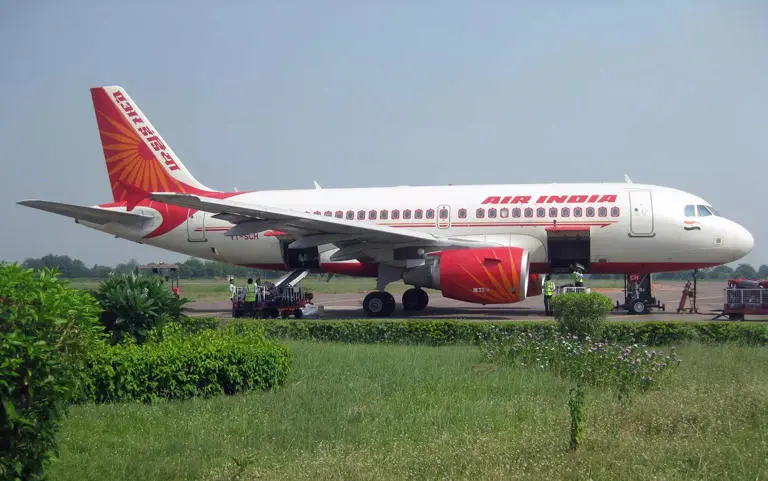
An Air India Boeing 787 en route to Hong Kong faced mid-air turbulence, when a cabin door began shaking
Mid-Air Mayhem: Door Shakes, Crew Reacts with Napkins
Napkins at 35000 Feet – On June 1, 2025, passengers on Air India flight AI-314 experienced an unsettling episode an hour into their journey from Delhi to Hong Kong. The aircraft, a Boeing 787 Dreamliner, began emitting hissing and growling noises from one of its cabin doors. Eyewitnesses reported visible shaking and a noticeable gap at the top of the door, enough to alarm even seasoned flyers.
In a moment that felt more like a scene from a survival drama than a commercial flight, flight attendants stuffed paper napkins into the gap and applied pressure to reduce the noise and movement. While the aircraft continued its journey and landed safely in Hong Kong, the incident left passengers shaken and raised serious questions about in-flight safety protocols and aircraft maintenance.
A passenger later posted on social media, “It seemed the door seal came off due to air pressure. The crew did their best, but it was terrifying.” The flight had already taken off over an hour late, adding to the tension onboard.
Boeing 787 Under Scrutiny: A Pattern of Technical Anomalies
This isn’t the first time a Boeing 787 has faced such issues. Similar door-related incidents have been reported in the past by Japan Airlines (2019), TUI Airlines (2022), and American Airlines (2022), all involving mid-air door vibrations and noise. In those cases, flights were diverted back to their origin cities as a precaution.
The timing of this latest scare is particularly sensitive. It comes just days after the tragic crash of an Air India Boeing 787 on the Ahmedabad–London route, which claimed over 270 lives. While the two incidents are unrelated, the proximity has intensified public concern over the Dreamliner’s reliability.
Air India’s CEO, Campbell Wilson, recently stated that the aircraft involved in the Hong Kong flight was “well-maintained,” with its last major check in June 2023 and the next scheduled for December 2025. Both engines had undergone recent inspections, and no issues were flagged prior to takeoff.
Still, aviation experts argue that repeated anomalies in the same aircraft model, especially involving critical components like doors, warrant a deeper investigation. The Directorate General of Civil Aviation (DGCA) is expected to review the incident as part of its broader safety audit of Air India’s widebody fleet.
Safety vs. Spectacle: What This Means for Passengers and Policy
While pilots and engineers have clarified that aircraft doors cannot open mid-flight due to cabin pressurization, the psychological impact of such incidents is undeniable. The use of napkins as a temporary fix, though resourceful, has sparked debate over crew preparedness and aircraft design vulnerabilities.
Aviation analysts note that while the crew’s actions may have been procedurally sound under the circumstances, the optics of using napkins to seal a shaking door are damaging for both Air India and Boeing. “It’s not about whether the plane was safe, it’s about whether passengers felt safe,” said one industry expert.
The incident also underscores the need for transparent communication. Air India has yet to issue a detailed statement, and passengers have relied largely on social media and news reports for information. In an era where brand trust is built on accountability, silence can be as damaging as the incident itself.
Conclusion: Napkins at 35000 Feet
The AI-314 door scare is a stark reminder that aviation safety is as much about perception as it is about engineering. While no lives were lost and the aircraft landed safely, the image of napkins plugging a Dreamliner door will linger in public memory. For Air India and Boeing, the message is clear: reassurance must come not just from checklists, but from confidence in the skies.
Stay updated with the latest news on Rapido Updates. Keep yourself updated with The World, India News, Entertainment, Market, Gadgets, Sports, and many more…